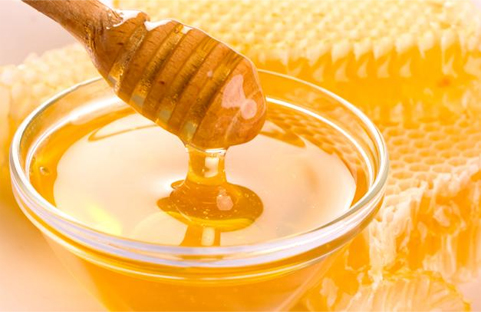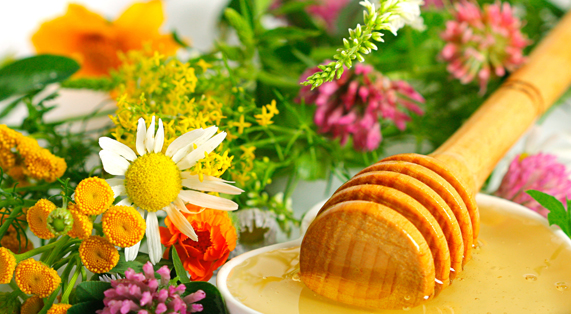تركيب الكربوهيدرات والتوصيل الكهربي لمجموعة أعسال مختلفة المصدر من ليتوانيا Carbohydrate composition and electrical conductivity of different origin honeys from Lithuania
تركيب الكربوهيدرات والتوصيل الكهربي لمجموعة أعسال مختلفة المصدر من ليتوانيا
Carbohydrate composition and electrical conductivity of different origin honeys from Lithuania
- Kasˇkonien_e a,1, P.R. Venskutonis a,*, V. _Ceksteryt _e b a Department of Food Technology, Kaunas University of Technology, Radvil_en˛u road 19, LT–50254, Kaunas, Lithuania
b Lithuanian Institute of Agriculture, Instituto av. 1, LT–58344, Dotnuva, K_edaini ˛u dist., Lithuania
Carbohydrate composition and electrical conductivity of different origin honeys
الملخص
الهدف الرئيسي من هذه الدراسة هو تحديد صفات الأعسال الليتوانية التي تم الحصول عليها من مصادر مختلفة وذلك عن طريق دراسة صفات التركيب الكيميائي والتوصيل الكهربي وايضا عن طريق تحديد لو كان هناك ارتباط بين هذه الصفات وبين محتواها من حبوب اللقاح، تم جمع 26 عينة من الأعسال من ليتوانيا في عام 2006 خلال موسم الإزهار وتم تحليلها بواسطة جهاز gas chromatography. وتم الفحص للمصر النباتي للعينات عن طريق melissopalynological وكانت النتيجة : 15 عينة تم تحليلها كانت من عصير غير زهري ( الشتاء والربيع) ، وعدد 7 منها وعدد 4 أعسال متعددة المصدر الزهري. وتم التعريف والتحديد الكمي الفركتوز والجلوكوز والسكروز والمالتوز والأيزومالتوز التيورانوز والتريهالوز والبالاتينوز والسيليوبيوز والرافينوز والبانوز في كل العينات. وكان سكر الجلوكوز موجود في 22 عينة من أصل 26 عينة ، وكان متوسط القيم للفركتوز والجلوكوز يتنوع مابين 329,2 إلى 400,0 وما بين 346,0 إلى 426,3 مللجم/جم عسل على الترتيب. وانت كمية السكروز 0,7 إلى 2,5 مللجم/جم. ووجد بعض الإرتباط بين تركيز السكر ومحتوى حبوب اللقاح.
a b s t r a c t
The main task of this study was to characterize Lithuanian honeys obtained from various sources by their
carbohydrate composition and electrical conductivity and to determine if there is any dependence
between these characteristics and pollen content. Twenty six samples of honey collected in Lithuania in
2006 during flowering season were analyzed by gas chromatography. Botanical source of honey samples
was established by the melissopalynological method: 15 of analyzed samples were unifloral rape (winter
and spring), 7 willow and 4 polyfloral honeys. Fructose, glucose, sucrose, maltose, isomaltose, turanose,
trehalose, palatinose, cellobiose, raffinose and panose were identified and quantified in all samples.
Glucose was predominant in 22 out of 26 samples. The mean values of fructose and glucose varied from
329.2 to 400.0 and from 346.0 to 426.3 mg/g honey, respectively. The amount of sucrose was 0.7–2.5 mg/
g. Some correlations between sugar concentration and the content of pollen were established. The ratios
of fructose/glucose, maltose/isomaltose, maltose/turanose, sucrose/turanose, which may be used as
indicators for honey authenticity, were calculated. In addition, electrical conductivity was measured and
it was found that it varied from 0.27 to 0.89 mS/cm. Unifloral rape honeys had the lowest electrical
conductivity. Data obtained was thoroughly compared with previously published results and it was
found that the characteristics of Lithuanian honeys in most cases meet international requirements for
natural honey. However, the information on honey sugar composition and electrical conductivity was not
sufficient for the reliable determination of the botanical origin of honey




